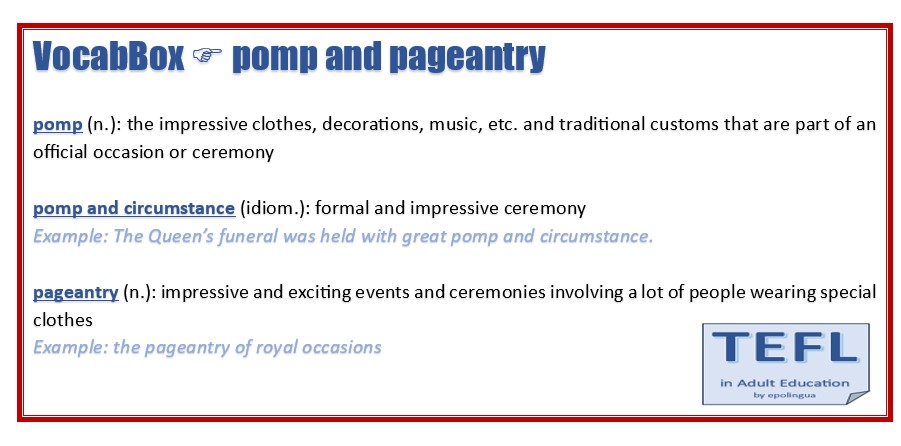Ex. 1: Study the definitions below and match each of the generations with the time they were born in.
a) 1946-1964
b) 1982-2000
c) 1965-1981
d) 1922-1946
Definitions:
1
The fast-track lifestyle has lost
much of its appeal for Generation Y. The members of this generation are willing
to trade high pay for fewer billable hours, flexible schedules, and a better work/life
balance. Gen Y members have a different idea of workplace expectations. They
usually prioritize family over work, and even those who aren't married with
children feel the need to be a part of a family and spend time with nieces,
nephews, and siblings.
2
The silent generation brought the
strong work ethic of their parents into the factories of industrialized
society. They grew up during lean times, including the Great Depression and
World War II. They consider work a privilege and it shows—they're considered
the wealthiest generation.
3
Following World War
II, there was a "baby boom", which gives this generation their
nickname. The increased birth rates make them a large portion of the
population, They benefited from a time of increasing affluence and higher
levels of income than their parents, and a surge in consumerism, enjoying more
money to spend on food, clothes, and holidays.
4
As children in the
1970s and 1980s, a time of shifting societal values, they were sometimes called
the "latchkey generation",
due to reduced adult supervision compared to previous generations. This was a
result of increasing divorce rates and increased
maternal participation in the workforce, prior to widespread availability of
childcare options outside the home. As adolescents and young adults in the
1980s and 1990s, they were dubbed the "MTV Generation" (a reference
to the music video channel).
KEY: 1922-1946: (2) silent generation; 1946-1964: (3) boomers; 1965-1981: (4) Generation X; 1982-2000: (1) Generation Y, millennials
Ex. 2: Study the info-graphic below and decide which of these Generation X features apply to you, too.
Ex. 3: Learn more about problems older people in our society face.
https://www.grayingwithgrace.com/important-issues-affecting-seniors/










